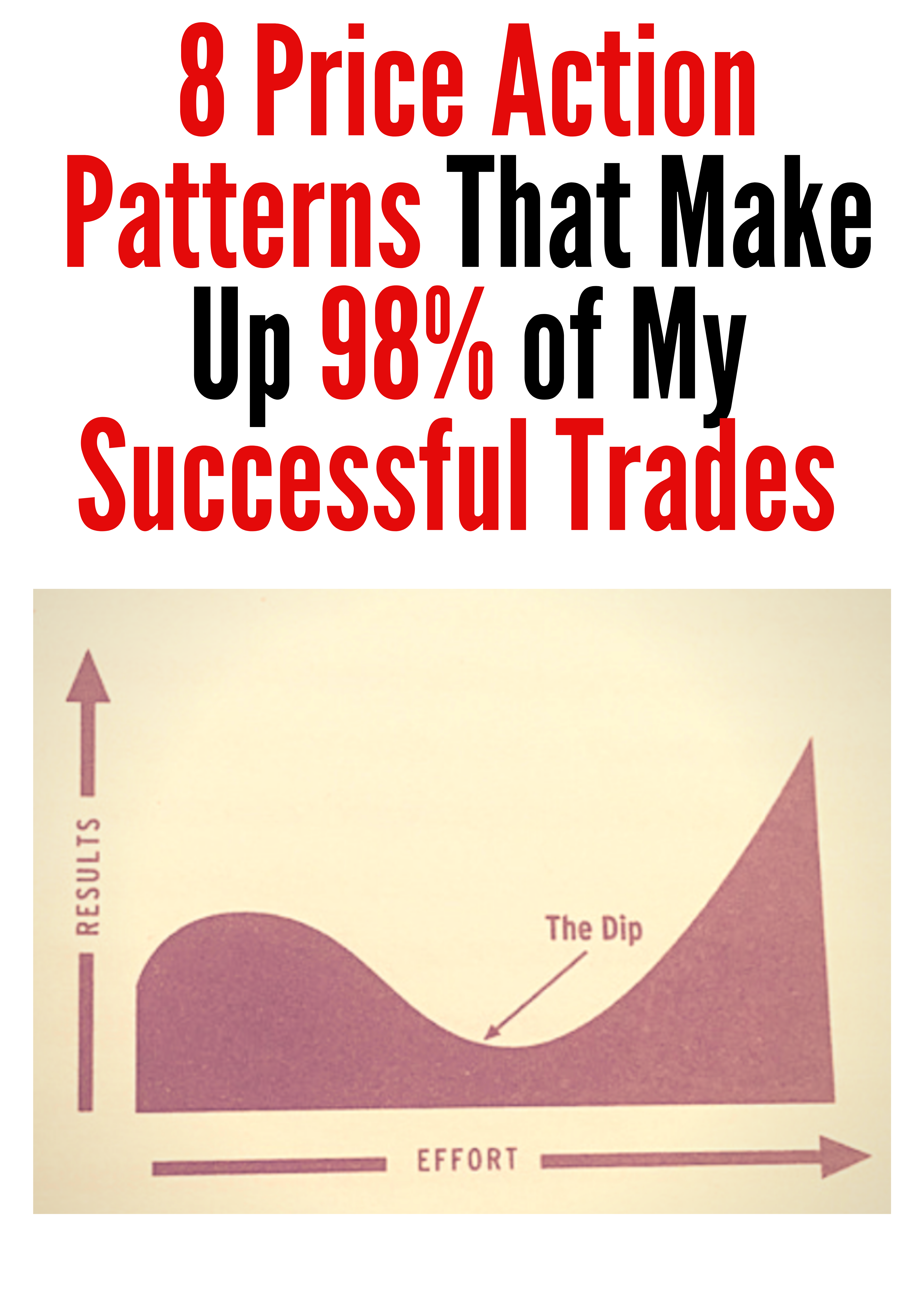Mastering Supply and Demand: 5 Proven Trading Strategies
Supply and demand are essential standards of financial matters that manage how costs move in budgetary markets. In trading, acing these concepts permits traders to distinguish key cost levels and foresee market behavior with exactness.
Key Takeaways
- Supply and demand Zones: Get the center standards of supply and demand zones to foresee cost developments successfully.
- 5 Trading Procedures: Use breakout trading, pullback trading, range trading, drift taking after, and supply and demand zones as back and resistance to progress benefits.
- Progressed Procedures: Combine volume examination, cost activity, and different techniques to refine your trading approach.
- Hazard Administration: Prioritize taught trading and hazard administration to guarantee feasible victory.
This article centers on five demonstrated techniques that use supply and demand zones, giving you commonsense apparatuses to maximize your trading comes about.
Understanding Supply and demand
Supply and demand Zones
Supply zones happen where offering weight exceeds buying, driving to a cost decay, whereas demand zones rise when buying weight outperforms offering, pushing costs higher. These zones frame the establishment of price action and serve as basic decision-making regions for traders.
Recognizing Key Levels
Key levels are critical support (demand) and resistance (supply) zones where costs tend to turn around or solidify. Procedures to distinguish these levels incorporate:
Authentic Cost Information: Analyzing past turning focuses.
Specialized Markers: Utilizing apparatuses like Fibonacci retracements and rotate focuses.
Market Structure
The market structure whether trending, range-bound, or breaking out plays a vital part in understanding supply and demand flow:
Trending Markets: Highlight zones for pullbacks.
Range-Bound Markets: Characterize upper and lower boundaries for trades.
Breakout Markets: Show when cost may break through built up zones.
1. Breakout trading
Breakout trading capitalizes on cost developments past supply or demand zones.
Distinguishing proof: Hunt for union close key levels, demonstrating potential breakouts.
Section: Enter trades when the cost breaks and closes past a zone with expanded volume.
Hazard Administration: Utilize stop-loss orders slightly below or over the breakout level to play down chance.
2. Pullback Trading
Pullback trading includes entering trades amid retracements to key zones within the course of the trend.
Recognizable proof: Utilize apparatuses like moving averages or Fibonacci retracements to affirm pullbacks.
Section: Enter trades when the cost tests a support or resistance level and shows signs of inversion.
Exit: Set take-profit targets at another supply or demand zone.
3. Range trading
In range-bound markets, costs sway between supply and demand zones.
Distinguishing proof: Recognize reliable highs (resistance) and lows (support) inside the run.
Passage: Purchase close demand zones and offer close supply zones.
Hazard Administration: Put stop-loss orders slightly exterior the range boundaries.
4. Trend Following
Trend following centers on trading within the course of the winning trading trend.
Recognizable proof: Utilize drift markers like moving averages or the ADX to affirm patterns.
Passage: Enter trades amid retracements or when energy affirms the slant.
Exit: Target critical supply or demand zones within the heading of the slant.
5. Supply and demand Zones as support and Resistance
Supply and demand zones can act as energetic support and resistance levels, advertising high-probability trade setups.
Distinguishing proof: Check zones where costs have already turned around or solidified.
Section: Enter long trades close demand zones or brief trades close supply zones.
Hazard Administration: Utilize tight stop-loss orders to relieve potential misfortunes.
Progressed Strategies
Volume Analysis
Volume may be a key pointer to affirm supply and demand levels.
Tall volume close supply zones signal solid resistance, whereas tall volume close demand zones demonstrate vigorous support.
Price Action Investigation
Cost activity devices like candlestick designs (e.g., stick bars, immersing designs) can give extra affirmation for trades.
Combining Different Methodologies
Joining breakout, pullback, and trend-following procedures can increment benefit. For illustration:
Utilize cost activity to affirm breakout passages and volume analysis to validate pullbacks.
Conclusion
Acing supply and demand may be a game-changer for traders looking to refine their approach to the markets. By understanding how supply and demand zones impact cost activity and leveraging the five trading techniques laid out, you’ll be able to recognize high-probability openings in any trader condition.
As you hone these techniques, keep in mind the basic significance of hazard administration and teach trading. With reliable exertion and ceaseless learning, you’ll be able to create the aptitudes fundamental to ace the trader.





